How do you clear away the uncertainty surrounding an abstract concept like Industry 4.0 to reveal the real benefits to daily operation? This was the challenge facing the robotics specialists at WEMO Automation. Together with B&R, they proved how complex technology can provide ultimate simplicity and deliver the added value of transparent connectivity.
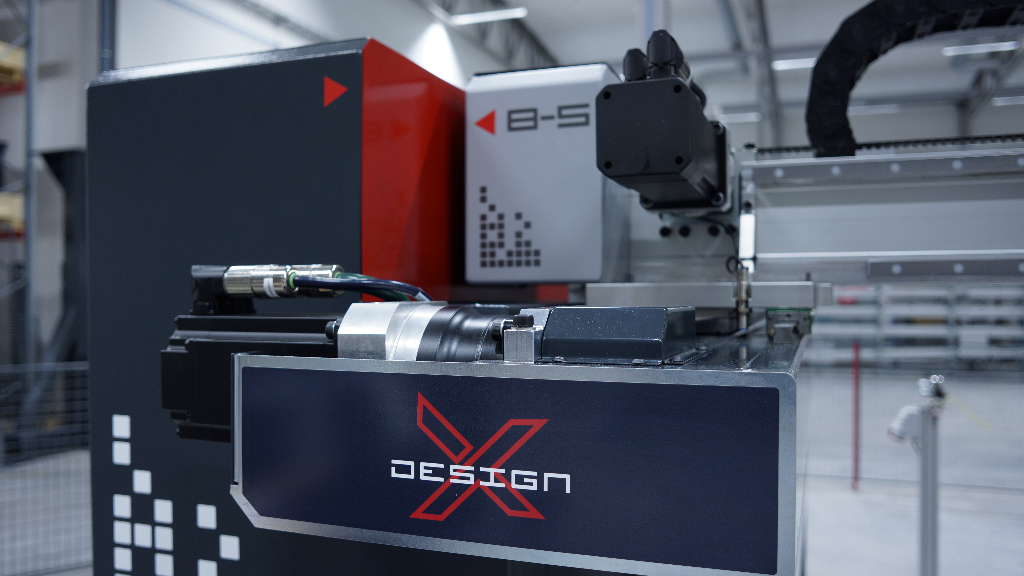
Standing on a small hill near the headquarters of WEMO Automation in the Småland province of southern Sweden – his gaze drifting from the field below to the lakes and vast forest beyond – a visitor from Spain once quipped: "Now I understand why you are such user-friendly software programmers here: there's absolutely nothing to distract you!" Indeed, WEMO is situated far from the urban hub of Stockholm outside the town of Värnamo – an area long known for its impressive record of entrepreneurship and innovation.
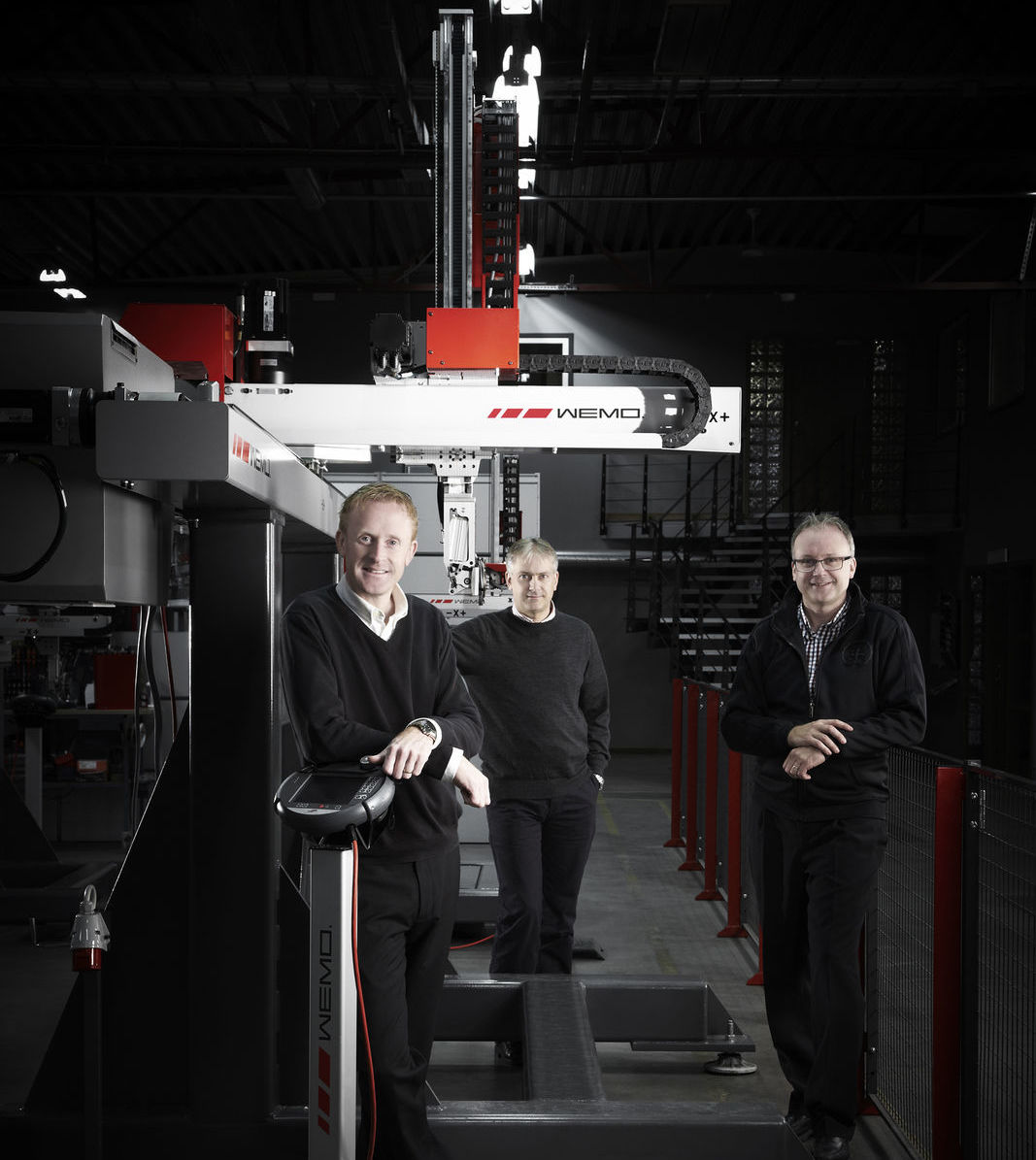
These strengths were put to the test around the turn of the millenia. Having spent a decade refining the mechanics of its robotics solutions, WEMO found that increasing demands for productivity would require a more intense focus on digital production control. WEMO shifted its attention to topics that would come to be grouped under the concept of Industry 4.0. "For us, Industry 4.0 really never seemed like a fad or empty phrase," explains Olof Ståhl, one of three brothers at the helm of the company. "We saw it as a continuation of what we had already been calling 'smart automation'."
WEMO's Sven, Bengt and Olof Ståhl rely on B&R to achieve their goal of making manufacturing equipment smarter and more communicative. (Source: WEMO)
The simplicity challenge
Some of WEMO's customers had concerns about how such abstract concepts could be implemented in the field – and what economic and productivity gains they actually had to offer. WEMO realized that, to be successful, these new solutions would have to clear away the clouds of uncertainty to reveal the advantages on the horizon.
"It's not about having to equip entire factory premises with wiring for unknown future uses," explains Ståhl, "but rather about applying complex technology to make things simpler and faster and provide a more transparent overview." For WEMO, the goal of making manufacturing equipment smarter and more communicative would therefore begin with the challenge of collecting data already being handled in various peripheral systems and integrating it in a central control system.
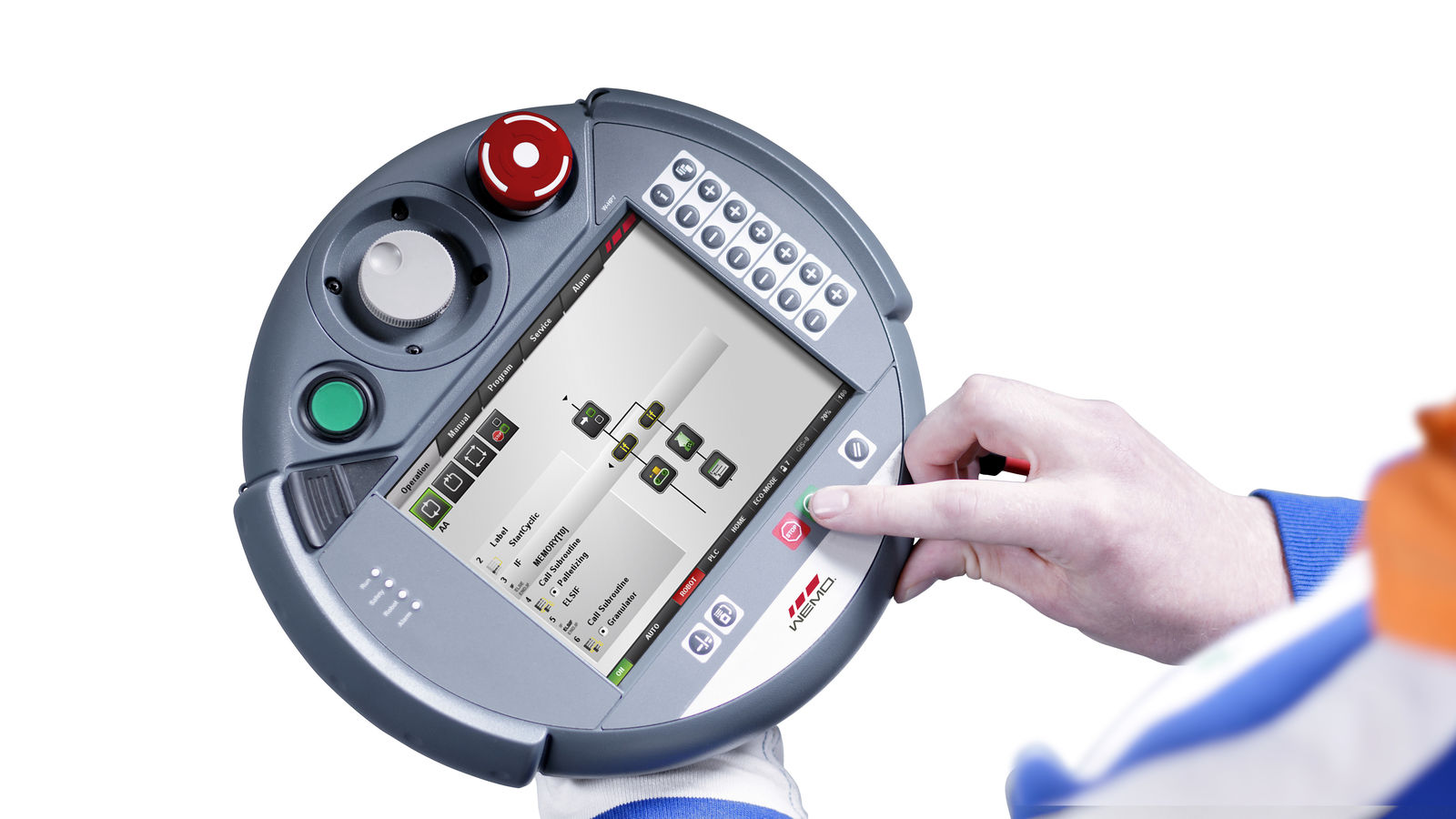
The partnership prerequisite
Ståhl points to more intimate partnerships with both customers and suppliers as essential to achieving Industry 4.0 levels of efficiency and productivity. "As we shifted from production of robot mechanics to robot communication with increased attention to software," says Ståhl, "this focus on connectivity and partnership has become a pillar of our technological development."
By 2002, WEMO had identified B&R as the supplier that could provide the best controllers, I/O nodes and fieldbus solutions for its robotic systems. With a decade to go before the kickoff of Germany's Industrie 4.0 project, both WEMO and B&R were already working toward solutions for smart robotics and integrated systems. "B&R was very receptive to what we saw as the future of the technology," says Ståhl. "They listened and responded, and that was crucial for us."
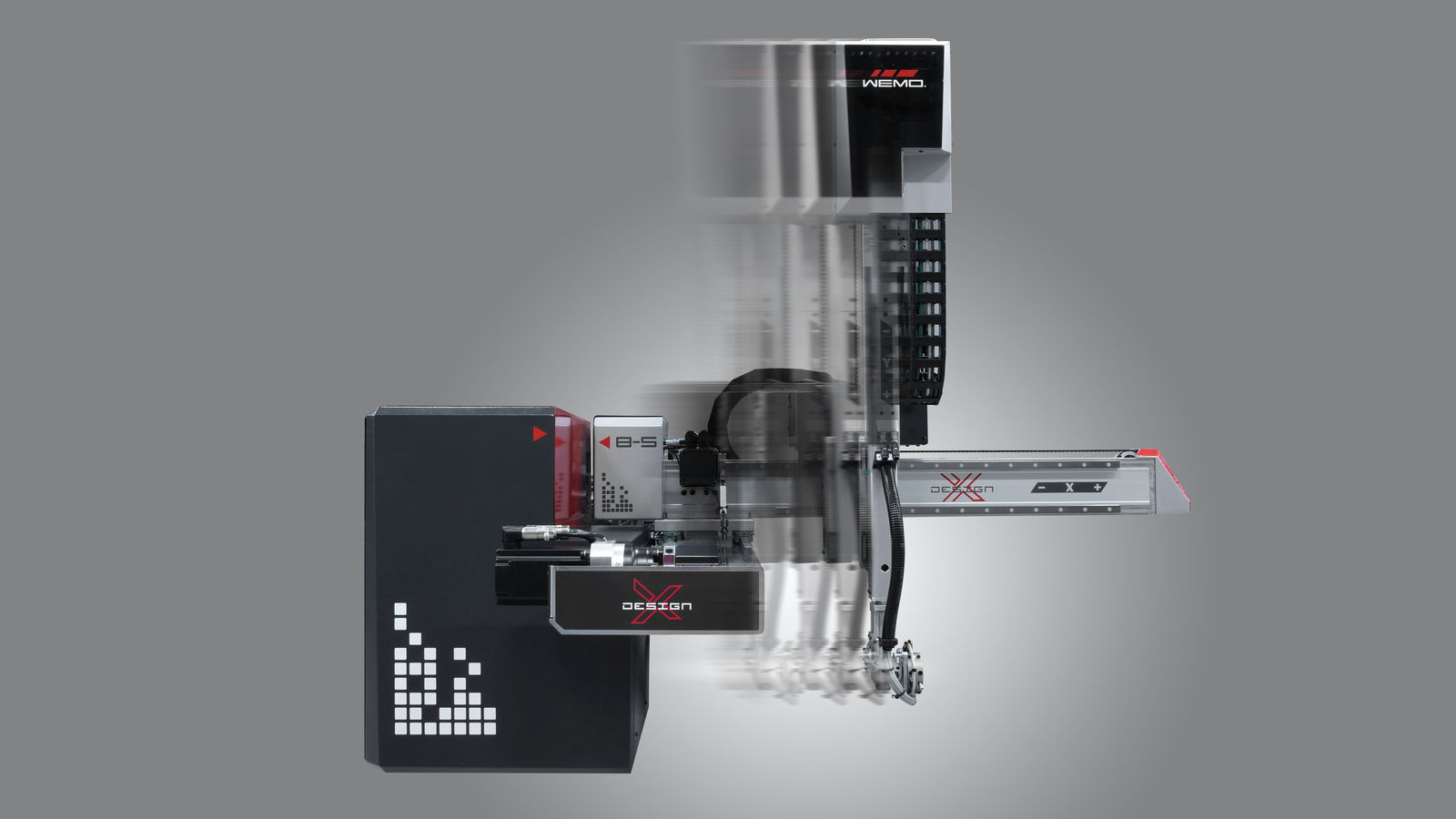
In addition to sharing WEMO's vision, B&R offered a particularly attractive concept with a modular design that allows systems to be expanded step by step. Today, WEMO relies fully on B&R technology, with communication based on POWERLINK and openSAFETY, motion control utilizing advanced ACOPOS P3 servo technology, and Mobile Panels for hand-held operator control. A further advantage was their strong global presence at a time when WEMO itself was setting out to increase its exports.
Integrated communication
When B&R entered the picture, WEMO's robots were already sharing production data via I/O units. Linking peripheral equipment to a common data stream, however, remained a challenge. This task was approached through two technology concepts: WIAP 4.0, short for WEMO Integrated Automated Systems, and WIPS, WEMO Intuitive Programming System, where the machine architecture is based on hardware and software from B&R.
In 2015, WEMO faced a milestone challenge that would call upon all of its Industry 4.0 expertise. A customer requested a complex production installation, where a number of machine units were to be linked up in a single industrial information process. The task was to create a production cell where production orders from the ERP system would influence the movement patterns of several robots, as well as the mechanical setup, injection molding process, vibration infeed, milling machine and a camera unit.
Thanks to POWERLINK fieldbus communication, WEMO was able to integrate communication throughout the entire production cell, including its core element: the WEMO robot. WEMO was able to deliver higher productivity, smarter production and a successful project, all based on B&R equipment and software connecting the various equipment into a single information loop. Thanks to B&R's commitment to open communication, the various third-party units are all able to interact and be monitored, regardless of brand.
The practical gains have included shorter setup times, quicker changeover between jobs and secure failsafe operation setup. "The point was to connect systems that are already in operation into a common stream with the data that already exists," says Ståhl. "The data from multiple production units just had to be integrated and put to use."
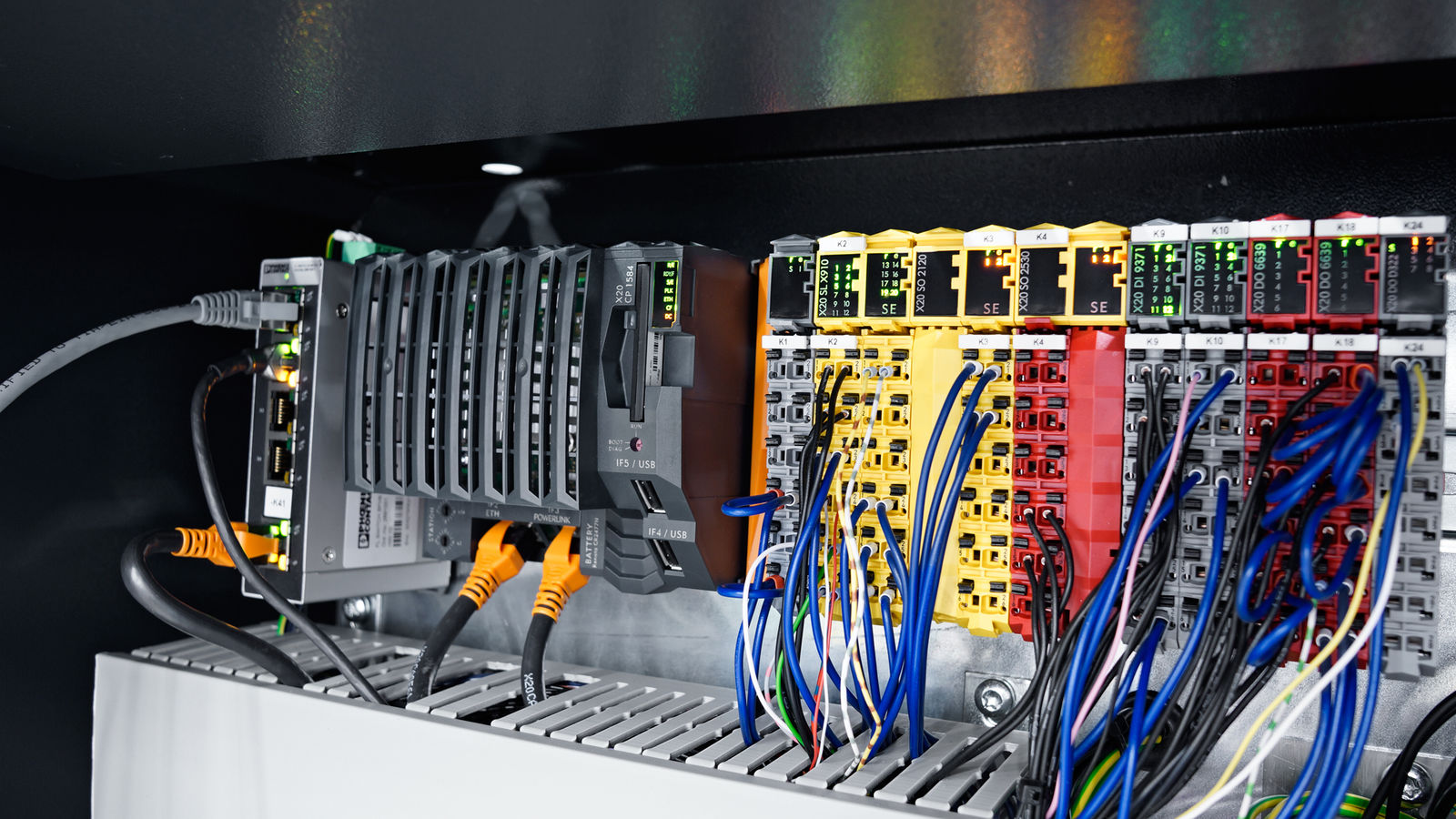
A look to the future

WEMO has undergone major transformations during its 30 years. New premises, a new technology focus, a Swedish-German company merger and establishment of a branch in India. On top of that, constant organic growth at the Swedish plant, where several hundred robots are sold and shipped each year.
So what are the main challenges for the years to come? According to Ståhl, one of the issues is adapting to a market with constant price competition. To him, this means never letting business rely on old technology.
The second challenge is what Ståhl calls connectivity transparency. With everyone talking about Industry 4.0, what he wants to do is show how it can be accomplished profitably on the factory floor and how complex technology can be used to make increased automation more simple. "Together with B&R, I think we have proven that these things are clearly possible."
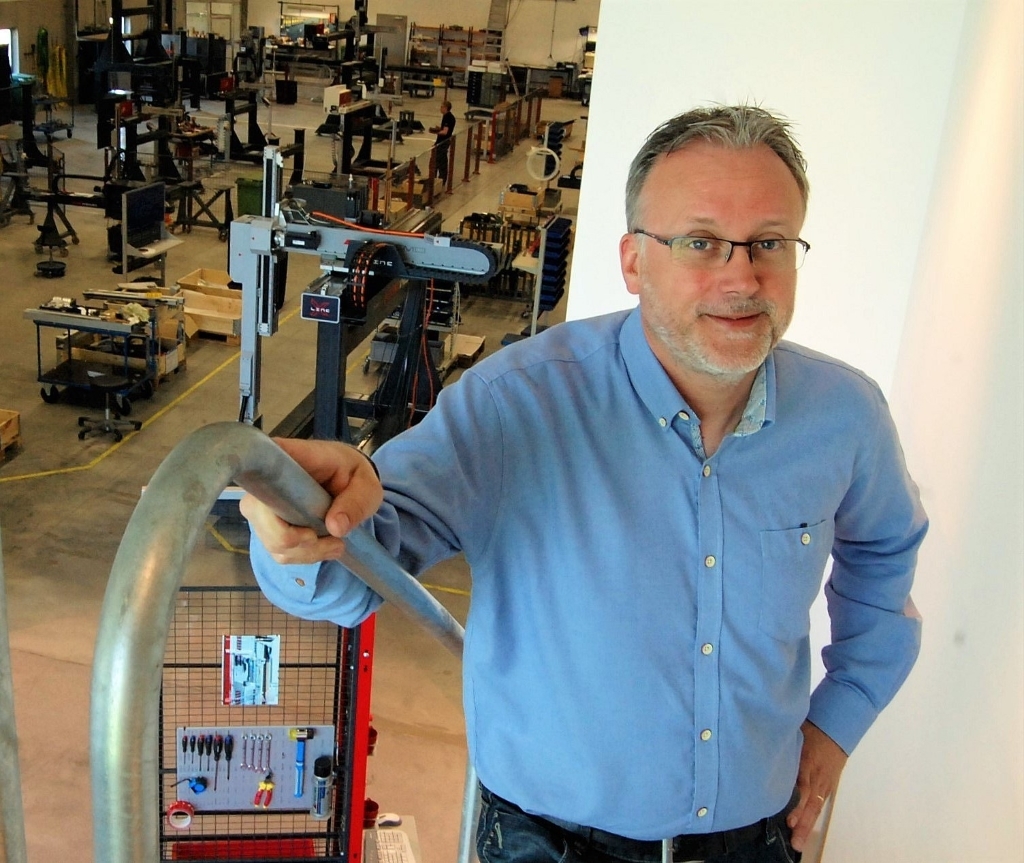
Olof Ståhl, Director, Technical Management, WEMO Automation
"B&R was very receptive to what we saw as the future of the technology. They listened and responded, and that was crucial for us."